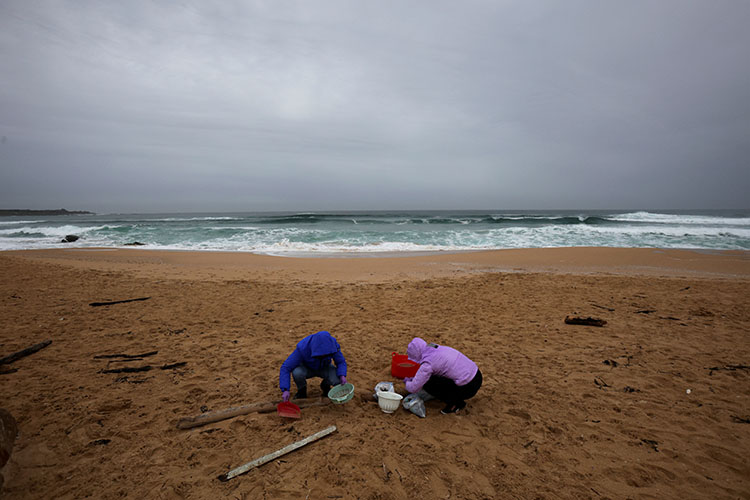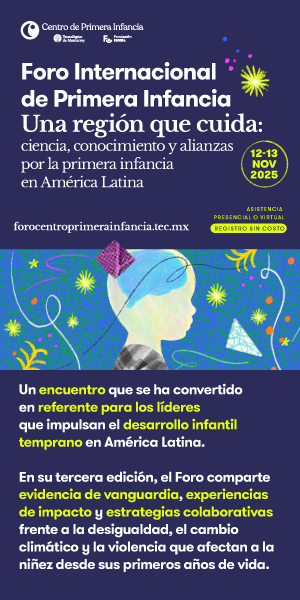Hundreds of volunteers combed sandy beaches with sieves and shovels in the Galicia region of northwest Spain after millions of plastic pellets, known as pellets, arrived, sparking environmental concerns.
The pellets that inundated Spain originated from at least one container that fell from the Toconao, a ship registered in Liberia and chartered by the shipping giant Maersk, off the coast of neighboring Portugal last month, as stated in a release by the manufacturer Bedeko Europe.
But what happens to the marine ecosystem when these pellets are thrown into the ocean? Researchers Lucía Viñas Diéguez and Jesús Gago from the Spanish Institute of Oceanography (IEO – CSIC) explain:

How Plastic Pellets Behave in the Marine Environment
An estimated 52,000 to 184,000 tons of plastic pellets are dumped into the ocean annually due to their production and transportation chain mismanagement.
Currently reaching the Galician coasts, these small spheres typically measure 2 and 5 mm in diameter. They predominantly consist of a high percentage of polymer (polyethylene, polypropylene, etc.) and a smaller percentage of additives (UV stabilizers, flame retardants).
Pellets are solid, persistent, non-soluble, non-emulsifying, non-biodegradable, and predominantly float.
Primarily used as raw material in plastic manufacturing, the pellets go through two main phases: the first involves polymer production (already containing varying proportions of additives) in pellet form, and the second, using these pellets, results in the final shape through different industrial processes (molding, injection).
In 2019, 460 million tons of plastic pellets were produced, with an estimated increase to 540 million tons by 2040 if no measures are taken to reduce production.
From Water to Shore
The specific composition of a pellet determines its density, which, in turn, dictates its behavior in water. If less dense than seawater (approximately 1.025 grams/milliliter), the pellets will float; if denser, they will sink.
The pellets near the Galician coast are made of polyethylene, which has a density lower than seawater (around 0.9 g/ml), causing them to float and be carried by currents and tides, potentially traveling long distances in the marine environment.
Upon reaching the shore, these particles are washed ashore by tides and waves, commonly found mixed with other debris in the highest areas reached by the tide.
Due to their physicochemical characteristics, pellets can be transported back into the beach by the wind or return to the water with the next tide. Waves or people’s footsteps could also bury them in the sand.
Will They Disappear Over Time?
One characteristic of plastic material is its high durability. Plastics withstand the test of time and are hardly degradable. If, as in the current case, the pellets have a UV treatment to prevent degradation, their breakdown is expected to be slower.
Typically, they degrade into smaller particles. In this scenario, it is anticipated that smaller microplastics and, eventually, nanoplastics will form from the pellets.
Any substance, particle, or energy introduced into the environment due to human activity is considered pollution and is, in principle, an environmental problem.
Furthermore, depending on the specific substance’s composition, there might be a toxicity issue.
Polymers, in general, are initially inert materials, explaining their low degradability. However, the inert nature of a polymer doesn’t exempt it from potential harmful effects, such as obstructing the digestive systems of animals that ingest them.
In addition to polymers, plastics contain one or more additives, their toxicity varies based on their composition. Therefore, understanding the specific additives in the spilled pellets is crucial.
What is Their Impact on the Marine Environment?
Pellets can have various impacts on the marine environment:
- Marine fauna may mistake them for food, leading to asphyxiation or accumulation in their stomachs, entering the food web.
- Depending primarily on the additives, they can have an ecotoxicological impact on the ecosystem (substance toxicity to an ecosystem).
- Pellets can be a vector for transferring absorbed toxic substances from the environment and pathogens that may adhere to them, such as viruses or bacteria.
- Additionally, they can have socio-economic impacts, such as beach closures, effects on aquaculture facilities, or visual deterioration of habitats.
Beyond the impact of this specific spill, which depends on the quantity and composition of the pellets, it is crucial to raise awareness of the environmental impact of microplastics and nanoplastics and start taking measures to prevent their entry into the environment. (The Conversation / Information from Reuters)














